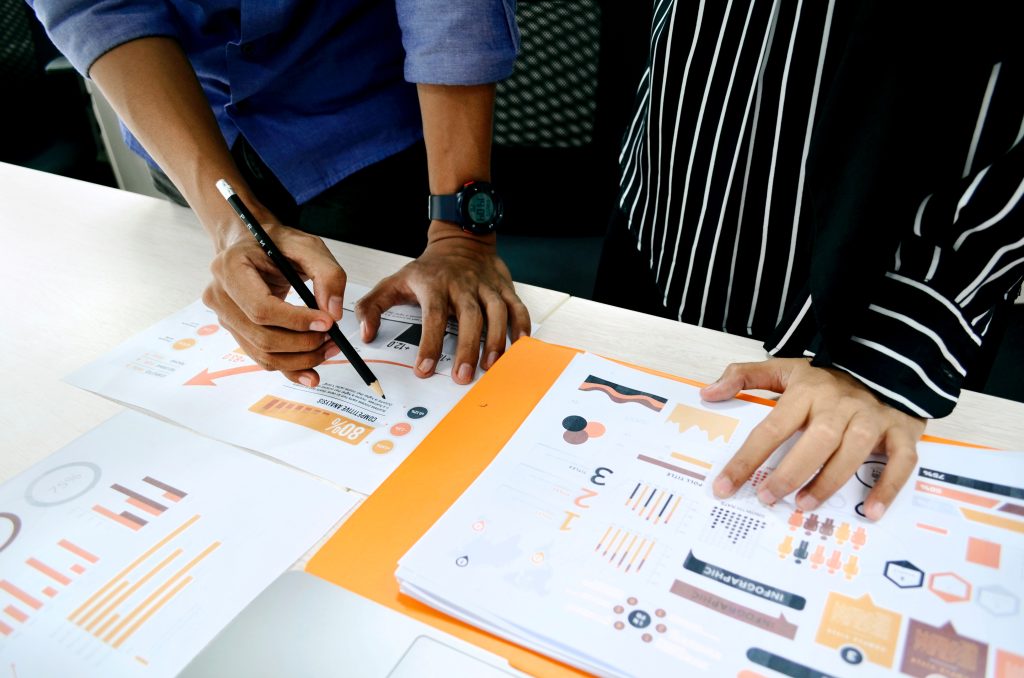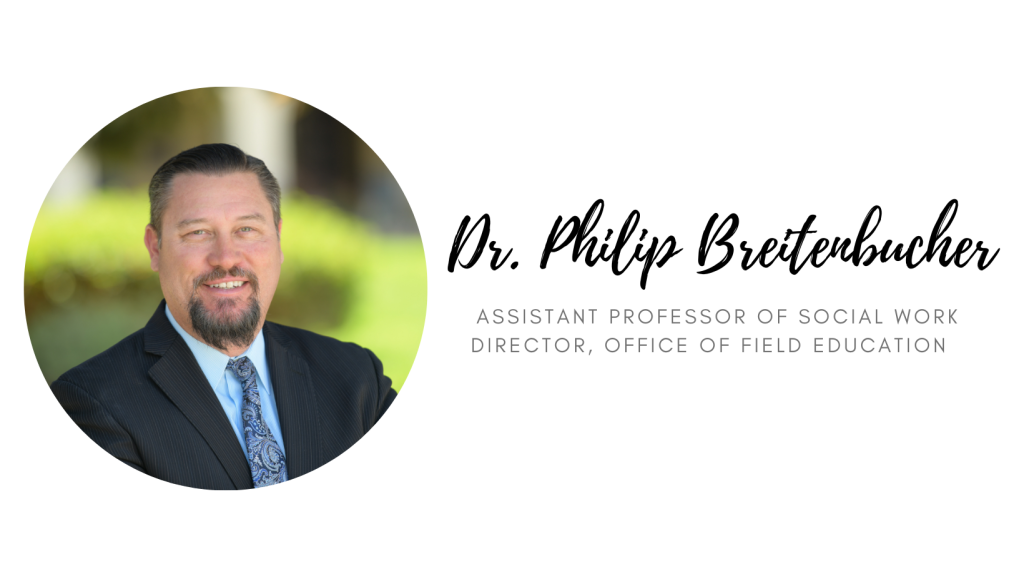By E. Russ Bermejo, MSW, Lecturer
This is Part 2 of a 4-part blog post.
Read Part 1: An Invitation to CBU Faculty and Students
____
The First Relationship: Myself and I
If we are to live connected lives, the first relationship to be re-examined is our relationship with our selves.
In his book, “The Courage to Teach – Exploring the Inner Landscape of a Teacher’s Life” Parker J. Palmer states that “we teach who we are.” Parker adds “Teaching, like any truly human activity emerges from one’s inwardness, for better or worse. As I teach, I project the condition of my soul onto my students, my subject, and our way of being together.” Consequently, knowing ourselves is as crucial to good teaching as knowing our students and respective subjects.
So how are we to do this? We can start by first examining our fears. Fear is primal and also universal. Palmer says we as educators, in particular, swim in fear. I’m a terrible swimmer, but I’m pretty good at swimming in these types of waters. And I can identify at least my three big oceans:
- Fear of failure2
- Fear of not being good enough
- Fear of disappointing others

Since our cognitions are connected to our emotions and actions, one of the easiest things to do when we have fearful thoughts is to disconnect emotionally and relationally. When we retreat, the deep waters become even more difficult to tread as we struggle with unhealthy egos, despair, and isolation.
But here is the good news: Although this deep inner work starts with us, it doesn’t have to end with us. The antidote is community and connection. Palmer adds:
“If we want to grow as teachers – we must do something alien to academic culture; we must talk to each other about our inner lives – risky stuff in a profession that fears the personal and seeks safety in the technical, the distant, the abstract.”
The current practice literature on leadership has raised our awareness of the importance of emotional intelligence and vulnerability in strong leaders. Brené Brown is a social work professor and researcher who studies about shame and connection, states “Vulnerability is our most accurate measurement of courage.” Her TED Talk on the Power of Vulnerability is one of the top five most-viewed TED talks in the world, with over 50 million views.3 Henri Nouwen similarly writes in “In the Name of Jesus – Reflections on Christian Leadership”
“Somehow we have come to believe that good leadership requires a safe distance from those we are called to lead. Medicine, psychiatry, and social work all offer us models in which ‘service’ takes place in a one-way direction. Someone serves, someone else is being served, and be sure not to mix up the roles! But how can we lay down our life for those with whom we are not even allowed to enter a deep personal relationship? Laying down your life means making your own faith and doubt, hope and despair, joy and sadness, courage and fear available to others as ways of getting in touch with the Lord of life.”
If we are to show more fully in our relationships, we must first show up fully to ourselves.
And when we show up as our most honest and authentic selves, we can call forth the same in our students.
As CBSS faculty, we have the opportunity to lead by example to create this type of environment here at CBU. Who else is better equipped than Christian behavioral scientists, anthropologists, psychologists, sociologists, and social workers to set a new culture and do the “risky stuff” that Palmer encourages us to do if we want to flourish as a university? If not us, who?
Reflect and Discuss:
- What are your fears as a professor or educator? In what ways are those fears played out in your interactions and relationships in the classroom?
- What can we do individually, as a department, college, and university to do the “risky stuff” of talking about our inner lives with others as Palmer describes?
Coming Next: Part 3: Designed for Co-Creation: Teacher and Student
_______________________
2 Read Dr. Sophia Mun’s CSHB blog post from November 2021 where she shares two big ideas about the “right way” to fail.
3 Brown’s latest book “Atlas of the Heart -Mapping Meaningful Connection and the Language of Human Experience” identifies 87 emotions and experiences that define what it means to be human and provides vocabulary to talk about it.
References:
Kondrat, Mary E. (2013). Person-in-Environment. Encyclopedia of Social Work. Oxford University Press.
Nouwen, Henri (1989). In the Name of Jesus – Reflections on Christian Leadership. New York: Crossroad Publishing Company.
Palmer, Parker J. (2017). The Courage to Teach – Exploring the Inner Landscape of a Teacher’s Life. 20th Anniversary Edition. Wiley.




